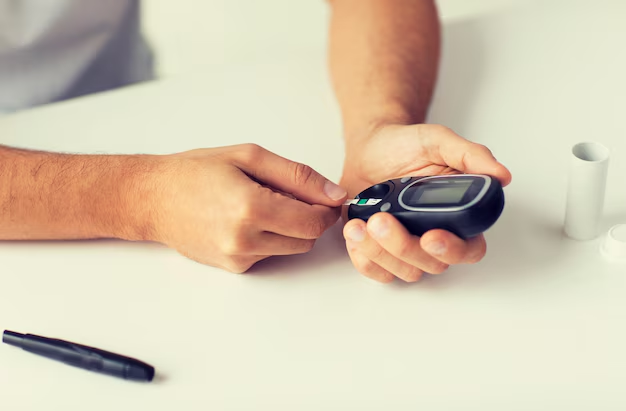Discovering Your Blood Sugar Levels: What's Diabetic?
Understanding blood sugar levels and their implications for one's health is essential in today's health-conscious world. A key question often arises: What blood sugar level is considered diabetic? This seemingly simple query is significant for millions navigating the complex waters of blood sugar management.
The Basics of Blood Sugar Levels
Blood sugar, or glucose, is our body's primary energy source. Normal blood sugar levels vary depending on when you've last eaten, but here are the general guidelines:
- Fasting blood sugar (after at least 8 hours without food): Below 100 mg/dL is normal. Levels between 100 and 125 mg/dL indicate prediabetes, while a reading of 126 mg/dL or higher suggests diabetes.
- Two hours after eating: A blood sugar level below 140 mg/dL is considered normal. Levels between 140 and 199 mg/dL suggest prediabetes, and 200 mg/dL or higher indicates diabetes.
Diagnosing diabetes relies heavily on these markers, helping individuals understand their health status and take action when required.
The Health Implications of High Blood Sugar
High blood sugar levels can lead to a host of complications over time. These include heart disease, kidney damage, nerve issues, and even vision problems. For individuals diagnosed with diabetes, managing blood sugar levels becomes a daily task, often involving lifestyle adjustments and sometimes medication.
But managing health also intersects with managing finances—especially when dealing with chronic conditions like diabetes that may bring unexpected expenses.
Navigating Financial Assistance and Resources
Experiencing a major health diagnosis can initiate concerns beyond just physical health. It often includes the financial burden of treatments and medication. Luckily, several options exist for those seeking assistance:
Government Aid Programs
- Medicare and Medicaid: Offering medical coverage for families with low income, Medicare and Medicaid can alleviate some of the financial stress associated with diabetes by providing access to necessary medical care and supplies.
Financial Assistance
- Patient Assistance Programs: Many pharmaceutical companies provide these programs to help cover the cost of medication for those who qualify. It's worth researching to see if the medications you're prescribed are covered.
Debt Relief Options
- If managing diabetes has led to significant medical debt, consider exploring debt relief solutions. These can include restructuring debt, lowering interest rates, or providing a consolidated payment plan, helping ease the financial strain.
Educational Grants and Opportunities
- For those needing to balance healthcare and education expenses, scholarships and grants can offer educational funding without increasing debt. Some programs even specifically cater to students with disabilities or chronic health conditions.
A Guided Path to Financial Relief
Navigating diabetes is a journey that traverses health and finance. Arm yourself with knowledge and resources to maintain both your well-being and your wallet.
- ✅ Medicare & Medicaid: Federal programs providing medical coverage.
- 💊 Patient Assistance Programs: Support for medication costs.
- 💸 Debt Relief Solutions: Options to manage and restructure debt.
- 🎓 Educational Grants: Financial aid for educational pursuits, often focusing on those with health challenges.
Being well-informed about your blood sugar levels and understanding the aid available places power and control back in your hands, allowing you to face diabetes proactively. Whether you're newly diagnosed or have been managing diabetes for some time, remember—resources abound for those ready to explore and utilize them.
